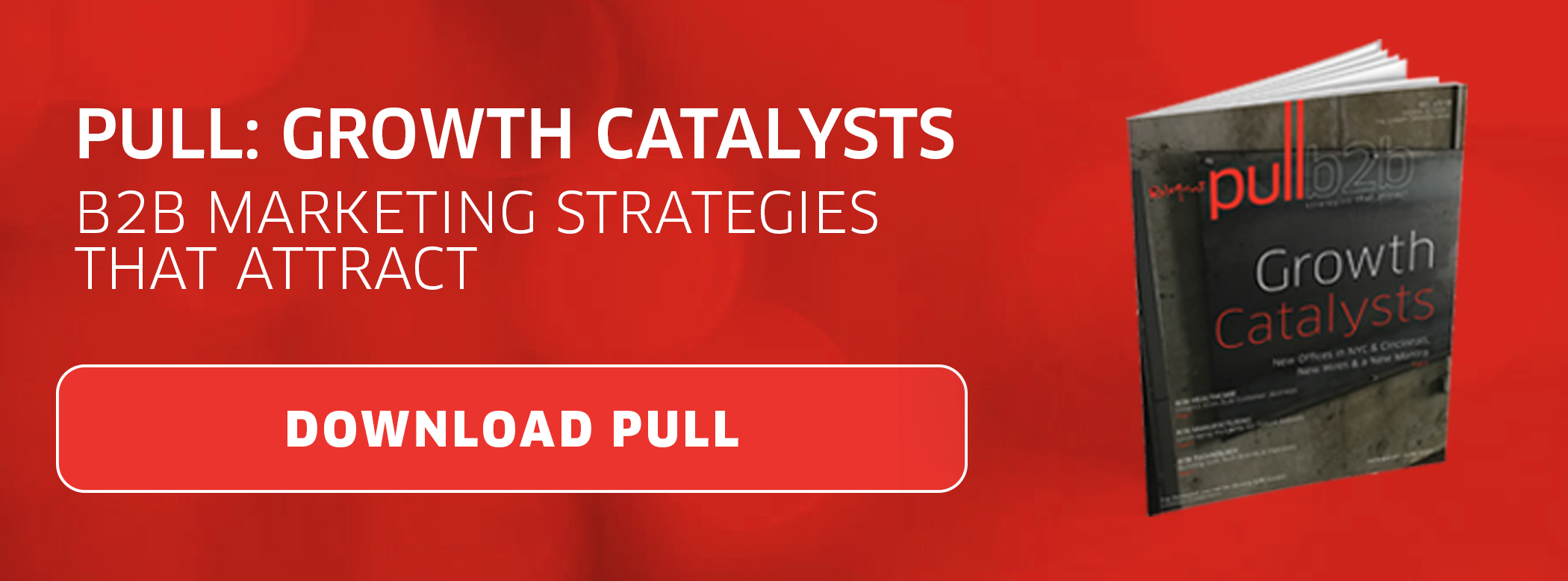 Publish new and unique content on a regular basis: That's the mantra of content marketers around the world, right? That strategy gets results, so why would anyone recommend that you stop publishing new content? It might sound crazy, but we're about to do it.
Publish new and unique content on a regular basis: That's the mantra of content marketers around the world, right? That strategy gets results, so why would anyone recommend that you stop publishing new content? It might sound crazy, but we're about to do it.
Revisiting the Past
If you've been using a content marketing strategy for a while, chances are you've got a vast repository of blog posts and other assets that took a considerable amount of resources to create. In return, that content boosted your SEO, increased your site traffic and hopefully brought in some new leads.
However, is that content done working just because it's a few years old? Take a look at your analytics to see how many of these old posts are still getting views and conversions. You might be surprised to discover that some of your old content is working harder than the new stuff.
If that's the case, it might be time to take a step back from generating new material and spend some time updating your B2B content and promoting it again. Here's why.
Old Content Has Aged Well
If you think about all the things you want content to do once you've published it, it makes sense to revisit it from time to time. From backlinks and shares to clicks and a solid search engine ranking, some of your old posts have aged well and continue to generate traffic and leads long after publication. On the other hand, if it isn't broken, why should you fix it?
- Outdated Info. Every industry changes over time. Standards and processes are continually evolving, and you may inadvertently be suggesting obsolete practices or referencing sources that no longer exist. The more traffic these old posts are getting, the more problematic that could become over time. Even if you're only swapping out old studies with new ones and updating a few facts and figures, having the most recent and accurate information is always a good thing.
- Reinventing the Wheel. If an old blog post is still getting a lot of traffic, it means the topic is still relevant and the answers you've provided are still sought after. Rather than creating something new on the subject, updating and revamping the old post will save you time and resources.
When you do this for pages that are already performing well, keep the same URL and update the publish date, as people are more likely to click on new posts over old ones. Plus, you'll still get the SEO boost from having new content without reinventing the wheel. - Consolidation. If you have more than one blog post on a specific topic, you may be putting your pages in the position of competing with each other for attention. Rather than having several posts with average performance, you could get better results from focusing on getting one page to the top.
If you can identify a central topic among several blog posts, consider creating a topic cluster, or a pillar page that covers an entire subject with several smaller and more nuanced posts that branch out and link from that main page. - Conversion Rate Optimization. If you have an old post that’s getting a great deal of traffic, and you also have a new offer or call-to-action that might work better than what’s currently on the blog, you could turn that high-traffic page into a conversion powerhouse. Take a look at the conversion points on the page and determine whether your CTA is outdated, whether you can improve the text of your CTA or whether you have another offer that's performing better elsewhere that you can swap out.
B2B Content Promotion
If you've been focusing heavily on content creation, the above reasons illustrate why it might be time to take a step back and clean house. Take a look through your content library and freshen up what's old, outdated, repetitive and underperforming.
Then, spend some time promoting your newly updated content. If you primarily rely on social media for promotion, examine ways you can expand your reach on social media and beyond. Could you package this updated content into a drip nurturing campaign? Create a PPC campaign on social media or Google AdWords? Consider account-based marketing?
Following these steps can help you can make the most of your resources while still raking in the leads — and then you can get back to the business of creating new content. ![]()







 By
By 
